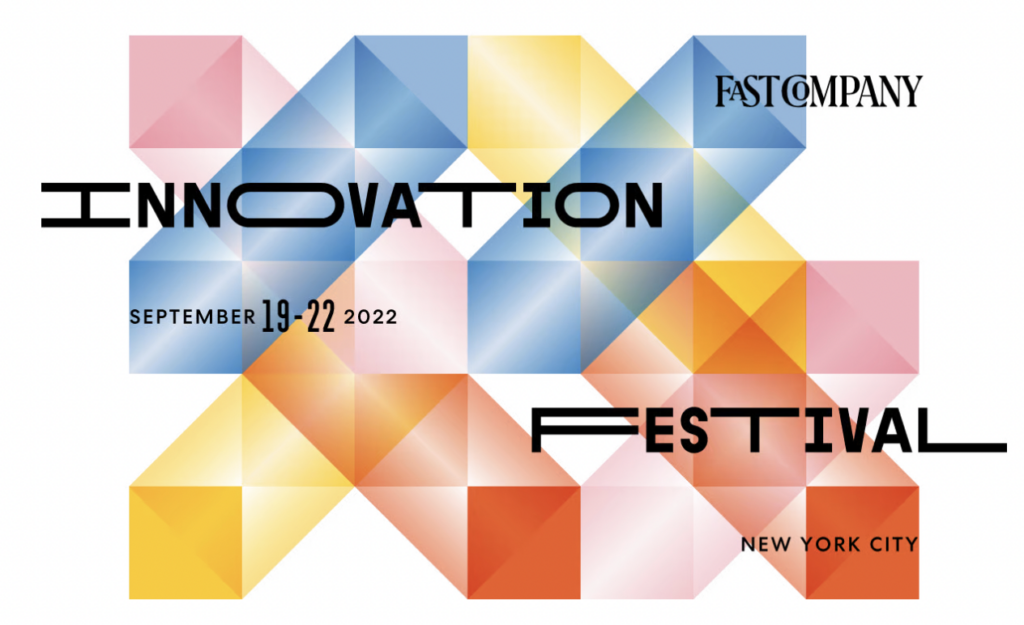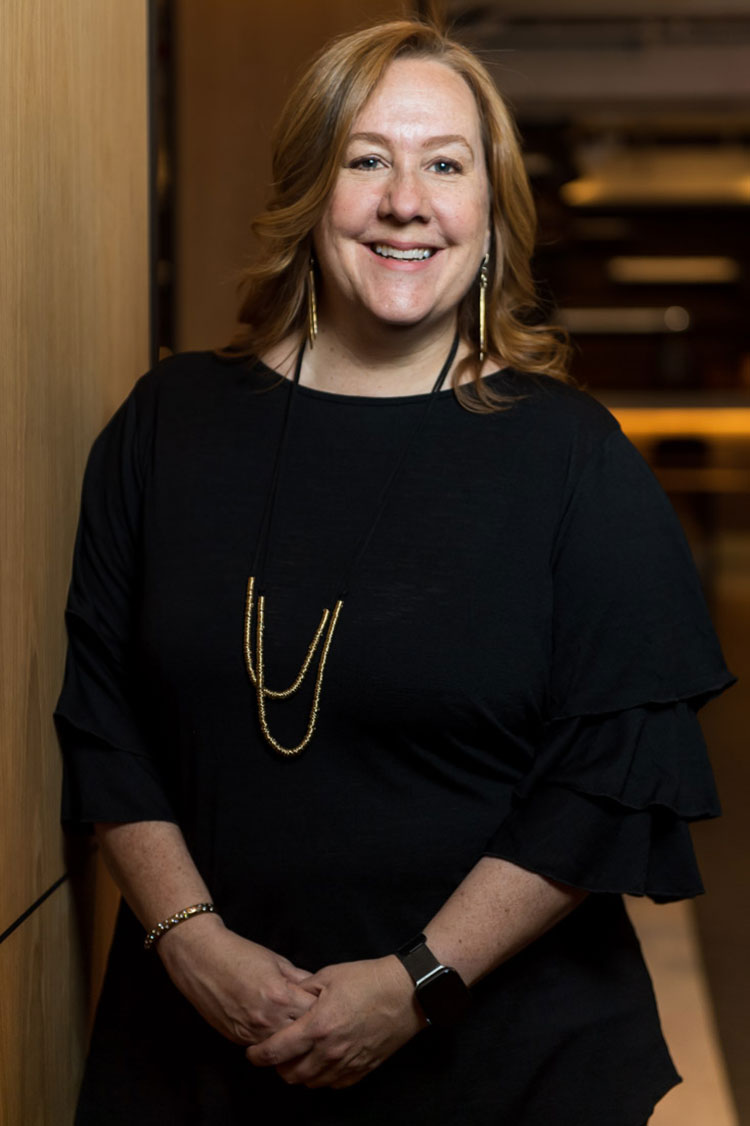What’s the one event I never miss every year?
The Fast Company Innovation Festival.
This one was an eye-opener. And while it may have wrapped for another year, the wisdom shared by an impressive lineup of folks will be talked about for years to come.
In between learning about hot-dog flavored popsicles (please don’t do it, Oscar Meyer) and tasting the finest in Swiss chocolates (thank you, Laderach), I attended sessions that included forward-thinking founders who are reshaping the food experience.
Plus, I learned from actress Jamie Lee Curtis and producer Jason Blum about disrupting the horror genre, even though I’m still traumatized by the first Halloween movie that came out in 1978.
If you weren’t there, don’t worry. I’m breaking down four of my top takeaways for you:
- Great Innovation Needs Great Marketing
When Pinky Cole, CEO and Founder of The Slutty Vegan, brought vegan options and food awareness to Atlanta’s West End, her original intent was to get her friends and family and the Black community as a whole to see that vegan food could be just as delicious as other fast food.
She asked all of her employees to use Instagram and TikTok to talk about how much they liked working there, and the restaurant rapidly became a viral success.
To give you an idea of how successful Pinky’s concept has been, her Atlantic location typically has a three-hour-long wait to get in. When word got out that she would open another location in Brooklyn, NY, 684 people applied for a job.
The takeaway is that Pinky doesn’t see herself as a restauranteur. She sees herself as a marketer who just so happens to sell vegan fare.
It just goes to show: Marketing innovative products and offerings is just as important as creating them.
When you can communicate what you do through a compelling story that aligns with what people value most, they will flock to you.
- If you want to attract top talent, you need a North Star
Ethan Brown, Founder and CEO of Beyond Meat, realized that, if we take all the combustion engine cars off the road, it won’t have as much impact as disrupting the meat industry.
This, from an executive previously employed at Ballard Power Systems, Inc. (NASDAQ: BLDP), a hydrogen fuel-cell company.
He wanted to do what he could to tackle what he sees as the world’s largest environmental problem: the use of animals to produce food. It turns out saving the planet means rethinking our diets.
What’s interesting is that Ethan’s vision for change attracted doctors who share his desire to save the planet and improve peoples’ health with more sustainable food options.
When you’re clear on your North Star and communicate that in a way people can get on board with, you will attract the best talent to your organization.
- People need to see themselves in the stories you tell in order to buy into what you’re selling
When Jamie Lee Curtis filmed the first Halloween (the film that went on to become one of the the most profitable independent films of all time), she earned a basic union wage for her part.
Today, things are very different.
For her latest reprisal of Laurie in Halloween Ends, Jamie was a central part of the script adaption, had a huge say in how the movie got rolled out, and has producer credits.
As they thought about how to film the movie, she knew how important it was that women could see themselves in the movie, and was intentional about playing Laurie’s part as the middle-aged woman she is. The role would speak to her characters’ decades of trauma that has made her determined to fight for her family’s lives and keep us watching until the bitter end.
Authentic stories matter. Because when people can see themselves in the stories you tell, they will be more invested, and more likely to say after the experience, “That was so real. I felt like that could have been me.” And then watch the word-of-mouth social posting begin.
- Constraints Lead to Creativity
Jason Blum is one of the most successful producers in the Hollywood genre… and yet he hates making huge, blockbuster movies. His reasoning?
When you make a blockbuster, you spend 20% of your time directing, and 75% of your time arguing politics and how much you’re spending with the studio.
Instead, he deliberately makes $1M-3M movies, because that way he gets to do what he loves: give directors and actors the freedom to make a movie people will love, and still make massive returns.
It’s a great reminder that constraint leads to creativity. Sometimes, being bound by budget, time, or limited resources uncovers our most creative moments.
This Week’s Best Articles on Innovation
How Innovation Changes During a Recession – FORBES
“Pass The Mic” Teaches Us How Innovation – And Bringing Joy – Hinges on Adaptability – FORBES
Research Vs. Vision: The Origin Story of Sony Walkman, Mini Cooper, and the iPhone – UX Collective
What Makes a Great Leader? – HBR
What Will Work Look Like in 2022? (Hint: Not The Metaverse) – Wired

